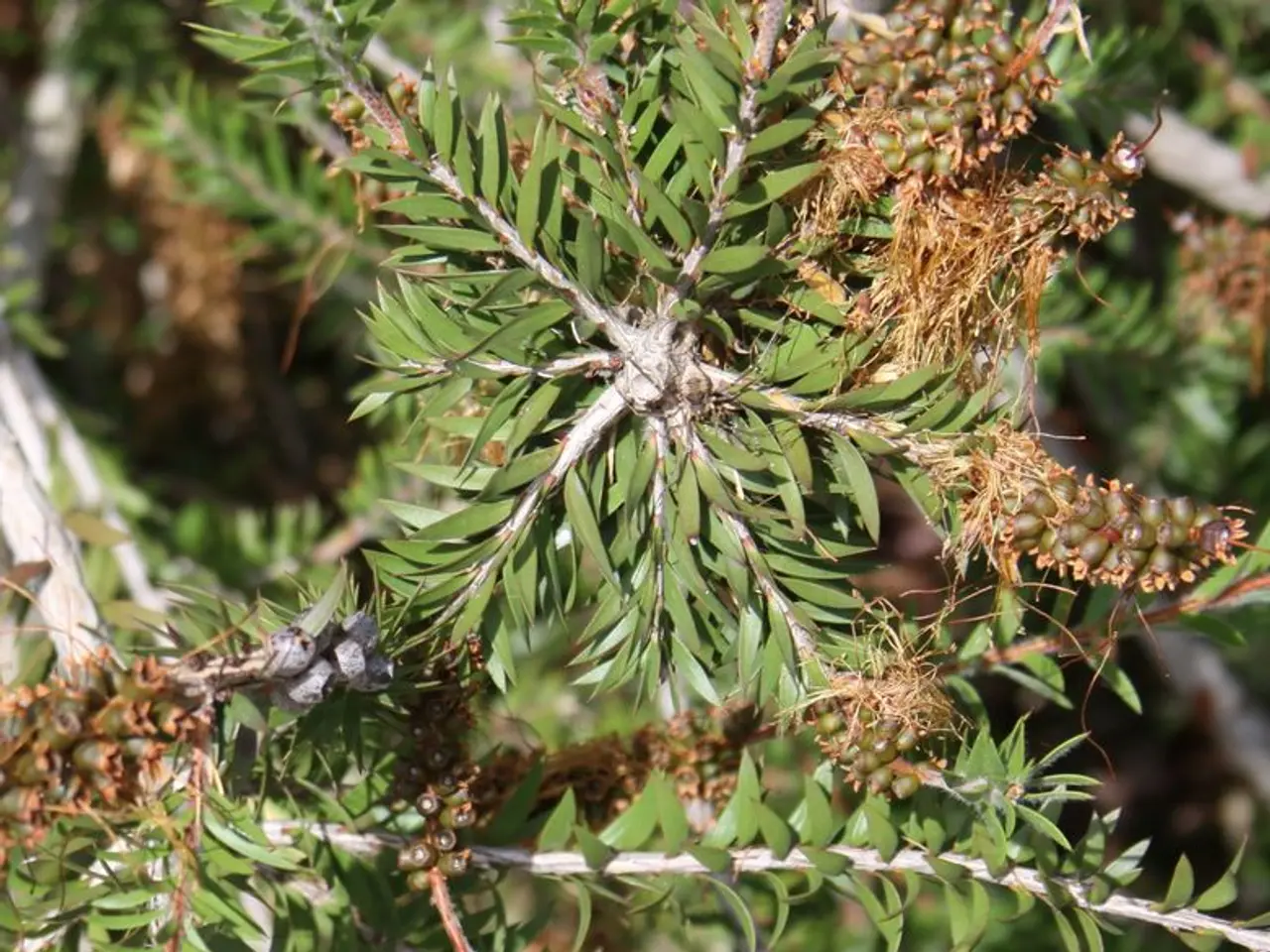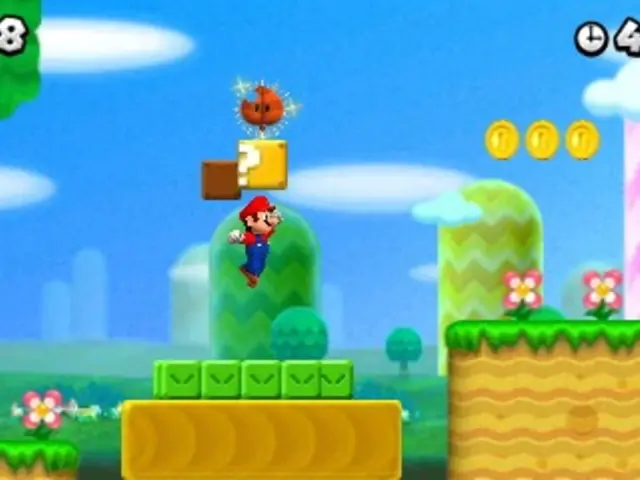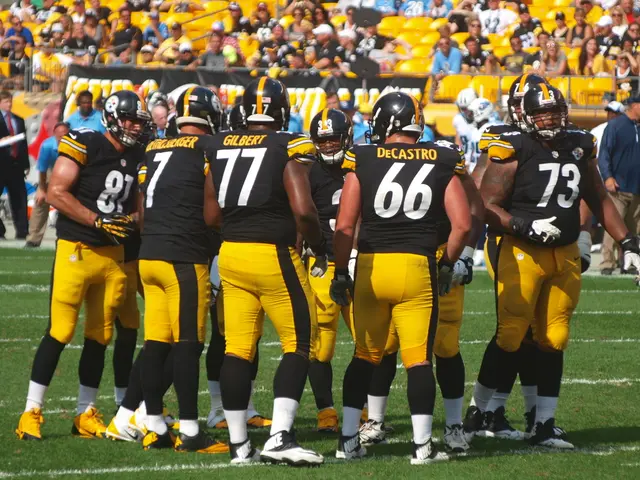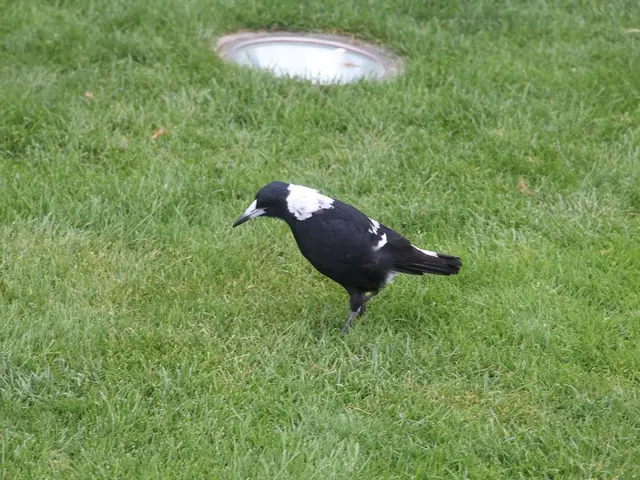Save and Plant These 6 Fruit Seeds to Grow Your Own Trees at Home
**Growing Fruit Trees from Seed: A Guide for USDA Zones 4 to 9**
For those with a green thumb and a love for fresh fruit, growing fruit trees from seed can be a rewarding and cost-effective endeavour. Here's a step-by-step guide on how to cold stratify and plant various fruit tree seeds, as well as some key tips for successful germination.
**Cold Stratification Process**
Cold stratification mimics winter conditions to break seed dormancy and promote germination. This typically involves exposing seeds to low temperatures (usually between 32°F and 45°F or about 0°C to 7°C) for a period ranging from 4 weeks to 3 months, depending on the fruit tree species.
For many fruit tree seeds such as apple and peach, wrap the seeds in a damp paper towel or place them in a container with a moist, but not wet, medium such as peat moss or potting soil. Then place them in a sealed plastic bag or lidded container and refrigerate for the required cold stratification period (usually 4–6 weeks for apples, and 1 to 3 months for peaches) to simulate winter. Keep seeds away from fruits like apples in the fridge, as ethylene gas can inhibit germination.
**Steps for Stratification**
1. Soak seeds overnight in room temperature water (especially peach seeds). 2. Place in damp medium inside a sealed, labeled container or plastic bag. 3. Refrigerate at 32° to 45°F (0° to 7°C) for 1–3 months (species-dependent). 4. Periodically check for sprouting roots (e.g., thick white roots) starting about one month in. 5. Keep sprouted seeds refrigerated until ready to plant outside, typically about a month before your last expected frost date in spring.
**When to Plant**
Begin cold stratification roughly four months before your average last spring frost date to time seed germination with optimal planting dates. Once seeds have sprouted, plant them in pots with rich, well-draining soil and keep them warm and sunny indoors initially. Transplant seedlings outdoors in full sun once the threat of frost has passed and soil is workable. For example, some gardeners plant seedlings outdoors as soon as daffodils emerge, signalling warmer soil temperatures suitable for planting.
Water seedlings regularly, about every 7–10 days during dry spells for young peach trees.
**Summary Table for Common Fruit Tree Seeds**
| Fruit Tree | Cold Stratification Duration | Temperature Range (°F) | Planting Time | |------------|------------------------------|-----------------------|-----------------------| | Apple | 4–6 weeks | 32–45 | After sprouting, indoor then transplant after frost | | Peach | 1–3 months | 32–45 | Start stratifying 4 months before last frost; transplant ~1 month after sprout | | Cherry | Similar cold stratification | 32–45 | After sprouting, keep warm indoors, then transplant after frost |
By following proper cold stratification techniques and timing planting to your local climate's frost dates, you can significantly improve the germination and survival rates of fruit tree seeds, leading to healthier seedlings and more successful orchard establishment.
**Additional Tips**
- Soak pear seeds overnight before planting to help trigger germination. - Peach and plum trees may take three to six years to produce fruit. - Cold stratify peach and plum pits for 98 to 105 days (peaches) and 60 to 90 days (plums) before planting. - To grow guava from seeds, remove and clean the seeds, soak them for 24 hours before planting, and ensure they have plenty of full sunlight and stay warm. - To clean peach and plum pits, remove as much fruit pulp as possible. - Pears need cold stratification for at least 80 days. - Pears can be grown from seed in USDA zones 4-8. - Guava can be grown from seed and enjoyed outdoors in USDA zones 9-11 or as a container plant in colder zones. - Citrus trees can be grown from seeds, and do not require cold stratification. - Gardening tips, videos, info, and more can be delivered to your inbox by signing up for a platform newsletter. - Use several pits for planting as they may not all germinate. - For tropical fruits, plant the seeds any time of year and grow in containers if living in a colder climate. - In cooler climates, citrus trees need to be grown indoors during winter months. - To prevent squirrels and other animals from digging up seeds, use wire mesh over the top when planting outdoors. - Guava trees grow best in rich, moist soil and may produce fruit in about eight years. - Smaller seeds benefit from soaking in water for 24 to 48 hours before planting. - Apple trees can take five to ten years to bear fruit. - Pits from stone fruits (like peaches) should be lightly cracked before planting. - Avocado pits can take a few months to several months (up to eight months) to sprout and then can be planted in soil in a container. - To grow an avocado pit, start with a clean, dry pit, peel off the brown skin, stick toothpicks into the pit, and submerge the bottom half in water. - Growing fruit trees from seed or pit is possible, but the resulting tree may not be the same variety as the original fruit. - Avocados can be grown outdoors in USDA zones 8-11 or as an indoor houseplant in cooler zones. - Plant peach and plum seeds outdoors in the fall or stratify indoors with moist paper towels and plant sprouted pits outside in spring.
In the particular case of someone who enjoys gardening, cultivating a home-and-garden orchard by growing fruit trees from seeds can be a satisfying and budget-friendly lifestyle choice. Following the cold stratification process for different fruit tree seeds like apples, peaches, and cherries is crucial in their germination success, as it closely replicates winter conditions.








